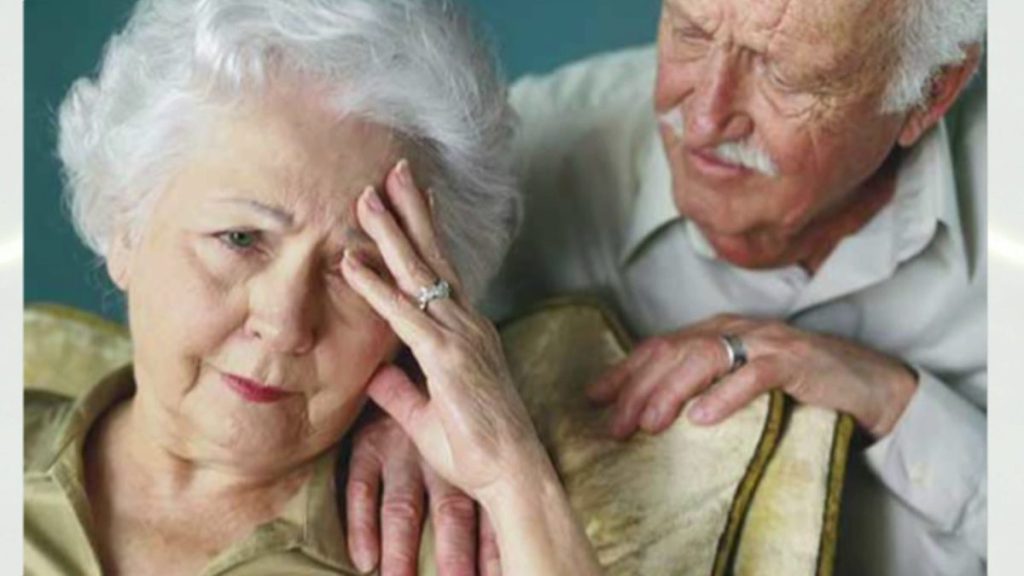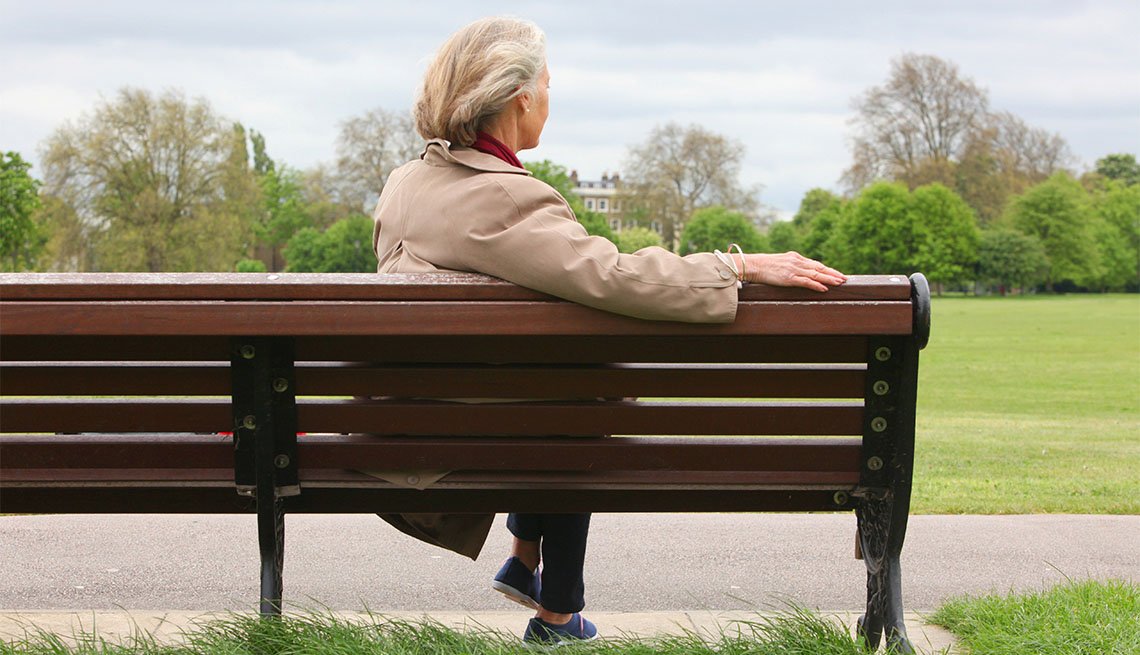Social Problems Related to Aging
One of the main challenges of aging is the problem of ageism, or looking down on older people. The root of ageism is a perception that older people are less valuable than younger people. Unfortunately, this negative attitude is often perpetuated. To deal with ageism, it is important to address the causes and social consequences of this trend. Below are some examples of ageism and their impact on older adults.
Economic consequences of aging
The ages of the population can have profound consequences for economic growth. As wilmacliving.com describe, people are spending less, and they tend to consume only those goods and services that they need. The shrinking working population affects aggregate consumption, as well as the amount of capital that is available per worker. In addition, lower interest rates are also a consequence of aging. Therefore, a aging population can be the source of secular stagnation and weak economic growth. Learn more what is a good diet for someone over 60?
As the global population ages, there will be fewer young workers available to fill in-demand roles. This will slow economic growth, reduce long-term productivity, and raise taxes for the remaining working population. By 2050, projections indicate that the number of people aged 60 and older will surpass 2 billion, accounting for 22 percent of the global population. Likewise, the number of people over 80 will increase from 1 percent to 4 percent of the world’s population.

The aging population also presents a structural challenge to governments. The decreasing working population reduces tax base and leads to increased expenditures for aged-related programs and healthcare. In high-income nations, pensions are almost as important as healthcare spending. Because they are complementary, this burden is placed on public finances. The government cannot afford to reduce the costs of aging and maintain pension fund payouts. The aging population poses a risk to the economic stability of developed and emerging nations.
Gender inequality in aging
The purpose of this paper was to explore how age and gender affect the health and well-being of older people. The authors analyzed societal, biological, and lifestyle factors to determine which factors are most responsible for the gender gap in old age. The findings indicate that the biggest contributing factors to the gender gap in old age are higher educational levels and active lifestyles. However, the paper does not address what the role of the family and friends is in determining the health and well-being of older people.
In terms of wealth and income, men have an advantage over women. This is due to the lower cost of living in the United States. However, this inequality is not confined to the US. Among women, gender inequality is most prevalent in countries that have high levels of education. The findings also point to differences in work opportunities and retirement income. These differences are partially explained by biological advantages and lifestyle patterns, but they also are likely to persist in other parts of the world.
While women generally have an advantage over men in terms of life expectancy, they are still disadvantaged in virtually every other quality of life metric. The degree of gender inequality in health is related to gender roles, as reported in a recent study by Palencia et al. In a recent study of people living in nineteen European countries, gender inequality in general health was greatest in traditional Southern European countries and was nonexistent in market-oriented and dual-earner countries.
Poverty among older adults
As the baby boom generation begins their retirement years, more older Americans will be at risk of poverty. The influx of new senior citizens will increase pressure on social safety net programs such as Medicare and Social Security. This issue is especially urgent as the country is experiencing a high rate of aging. Here are some of the causes of poverty among older adults. These include: (a) declining economic opportunity and income; and (b) aging-related illness.
While many senior citizens depend on their retirement incomes, those incomes are not enough to pay for their basic needs. According to the National Council on Aging, millions of older adults are below the poverty line or have limited income. These elderly adults are burdened by many unique problems, including housing costs, health care bills, transportation issues, and meal planning. Another common cause of aging-related poverty is economic insecurity.
Despite advances in the field of social security and Medicare, older Americans still face many problems. Many older people are underemployed, earning less than half what they did in their working years. As a result, they have lower incomes than their male counterparts. Even worse, the rate of poverty among older women is more than three times higher than it is for men. Moreover, women have more time off from work than men, reducing their incomes even more.
